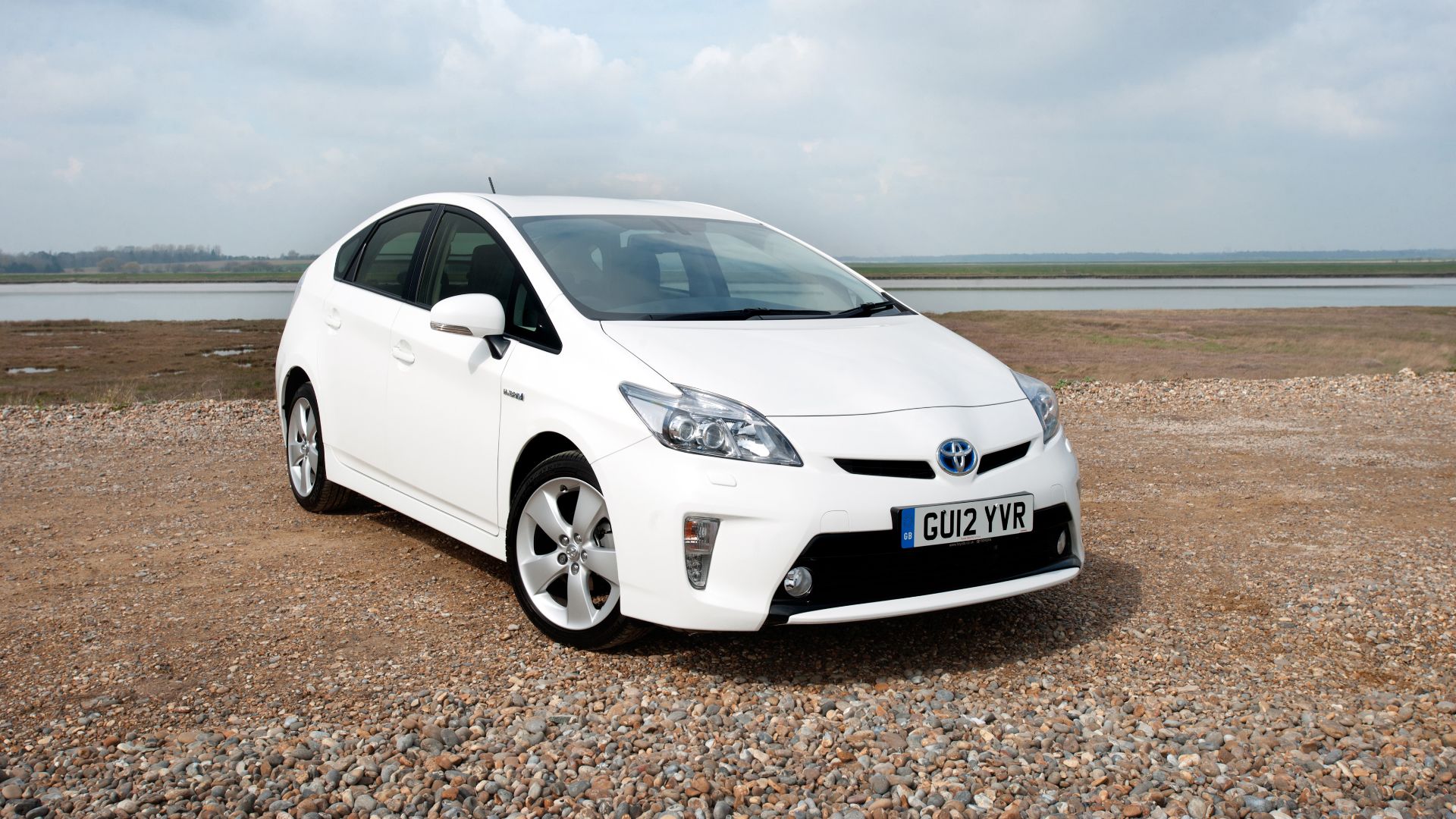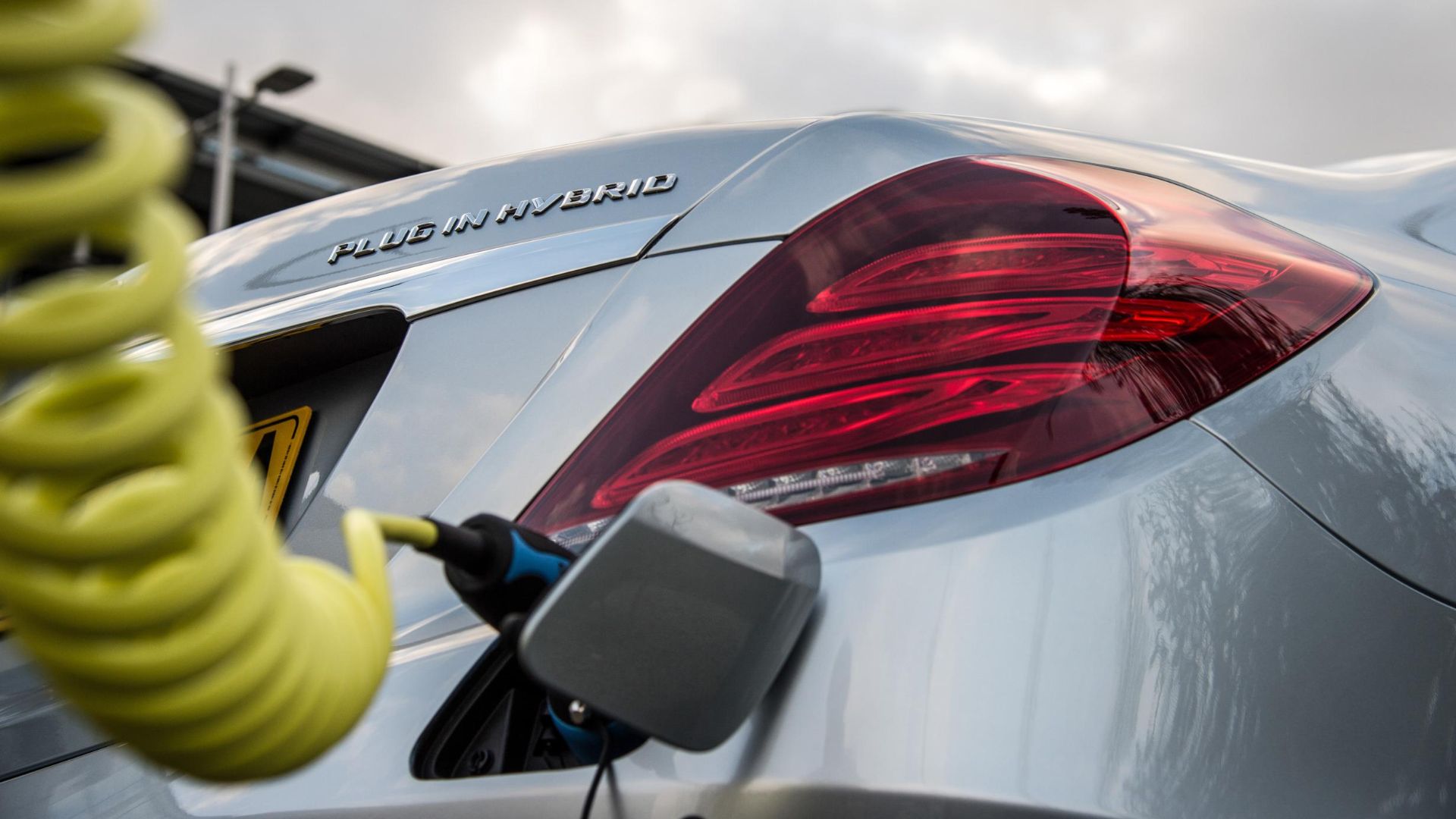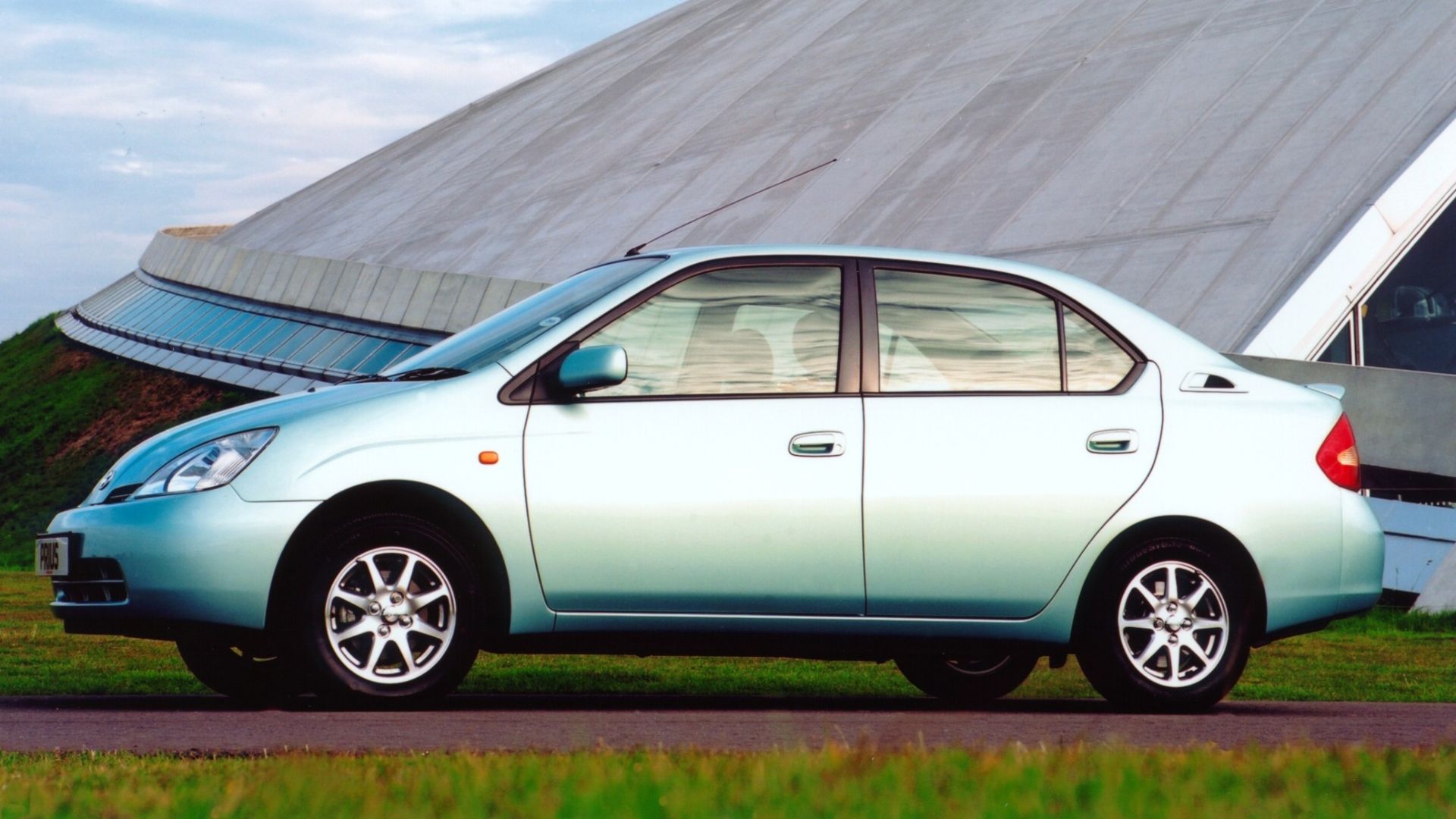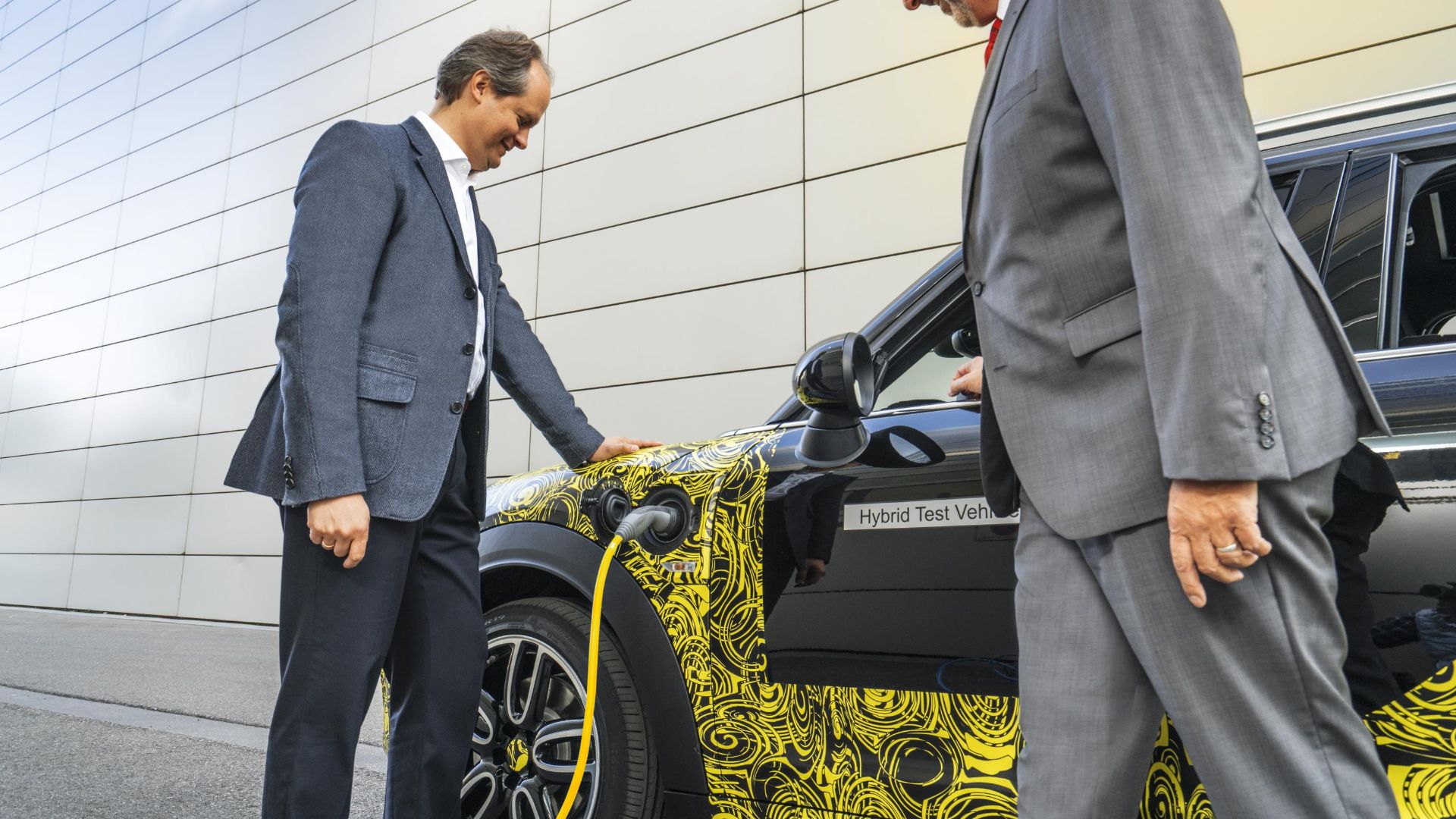
What is a self-charging hybrid? It’s a term that’s had a lot more airtime recently from many car manufacturers, including Toyota and Kia. Also, how do these cars differ from plug-in hybrids? Wonder no more…
What’s the difference between plug-in and self-charging hybrids?
It’s no coincidence that the term ‘self-charging’ gained traction as plug-in hybrids started to proliferate. The distinction is quite obvious when you compare them. A self-charging hybrid is one you can’t plug in to charge the batteries separately. Instead, on-board systems top up the batteries as you drive, via energy recovery during braking, solar panels and the combustion engine itself.
A plug-in hybrid is more complex. While the engine and recovery systems do feed into the batteries, there is the added option of literally plugging in. In urban environments, if you can charge overnight or at work, you may find yourself never using the combustion engine. If you don’t bother to charge a PHEV, it’ll run like a regular hybrid. In other words, it’ll self-charge only.

Then again, if you never use the petrol engine, what’s the point in having it? Isn’t it just dead weight? That’s the debate.
In reality, PHEVs are a baby-step towards electric motoring rather than the giant leap to a full EV (and the associated reliance on range and infrastructure). A PHEV allows you electric car life in the city and normal car life beyond, without worrying about where the next charging point is.
Have hybrid cars always been self-charging?

Yes, they have. If it’s not a plug-in hybrid, it’s a self-charging hybrid. The term is half-marketing, half-distinction. It separates ‘normal’ hybrids from plug-ins without demoting them as such.
What you mustn’t assume is that the car is self-charging in the sense that it will pick up juice overnight. The charging only comes when you operate the vehicle.
Hybrids: things to remember

Firstly, you can’t plug in a self-charging hybrid. And yes, self-charging is just another way of saying ‘hybrid’ that keeps it distinct from the plug-in models.
Both types are at their best at low speeds rather than long-distance high-speed driving. Plug-ins merely offer the option of juicing up at a standstill.
Oh, and one more thing: neither type of hybrid is eligible for the government’s electric car grant any more.
This term is advertising hype to promote standard hybrids in today’s field of PHEVs and full EVs. This clearly is a ploy for the uneducated of PHEVs and electrics to think the self charging car has the advantage of not having to be plugged in.
Surely any full electric could also advertise self charging as a percentage of its use is achieved by regen.
“Surely any full electric could also advertise self charging as a percentage of its use is achieved by regen.”
“Self-charging” – to me, at least – implies that the vehicle can be continually driven without being plugged-in to an external power source. A BEV requires being plugged-in to fully recharge its batteries. The ~ 40% of Americans who are housing renters, with no access to home charging – would only find a truly self-charging, conventional hybrid vehicle useful: hybrids are not simply “a ploy” or “advertising hype” or about “uneducated” people.